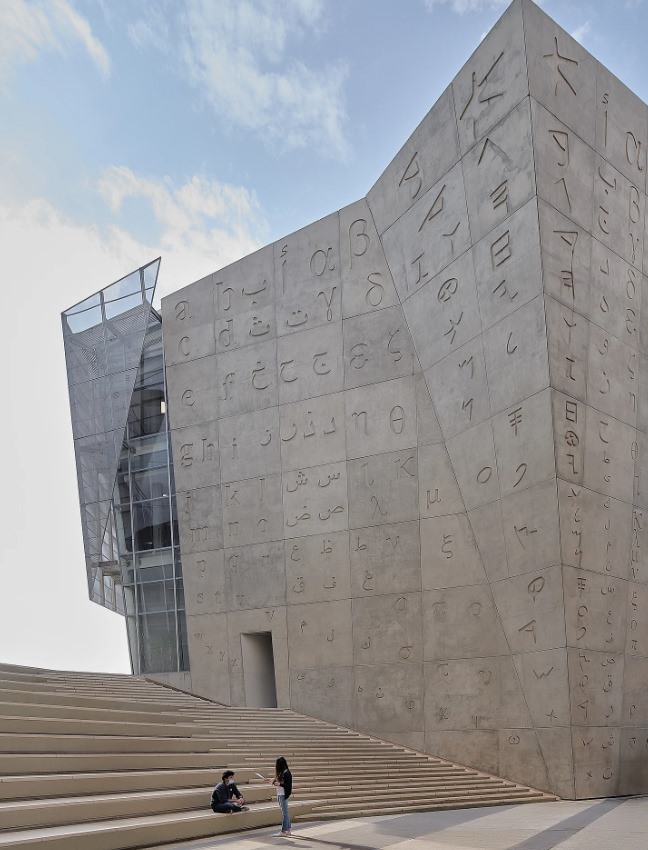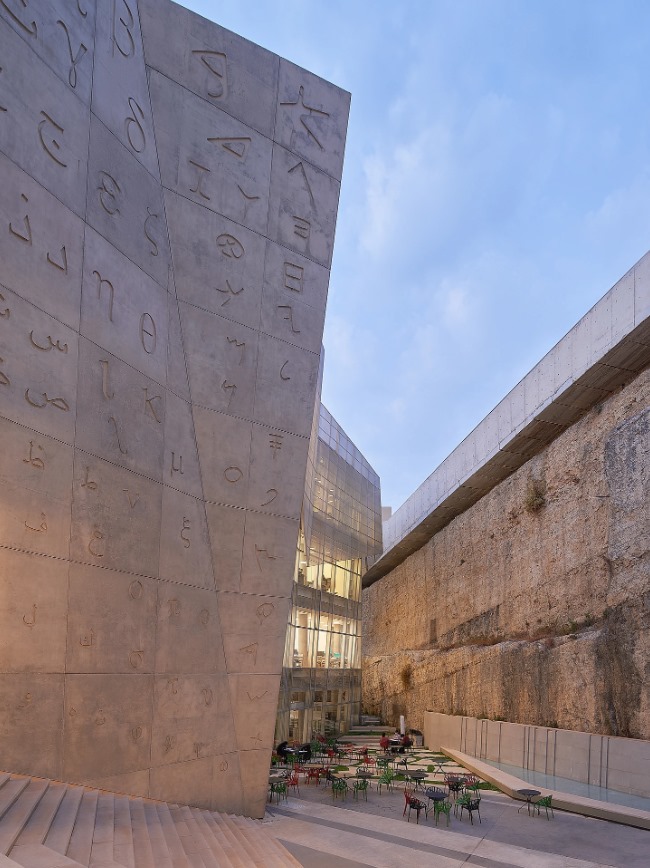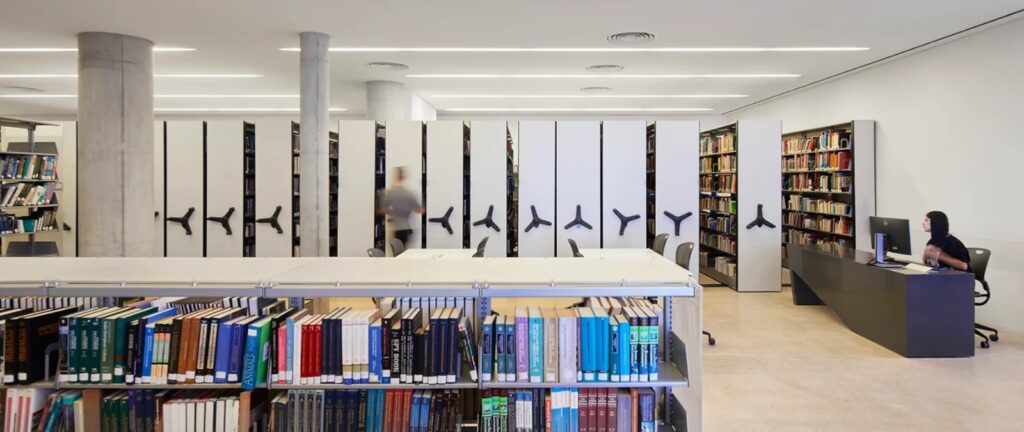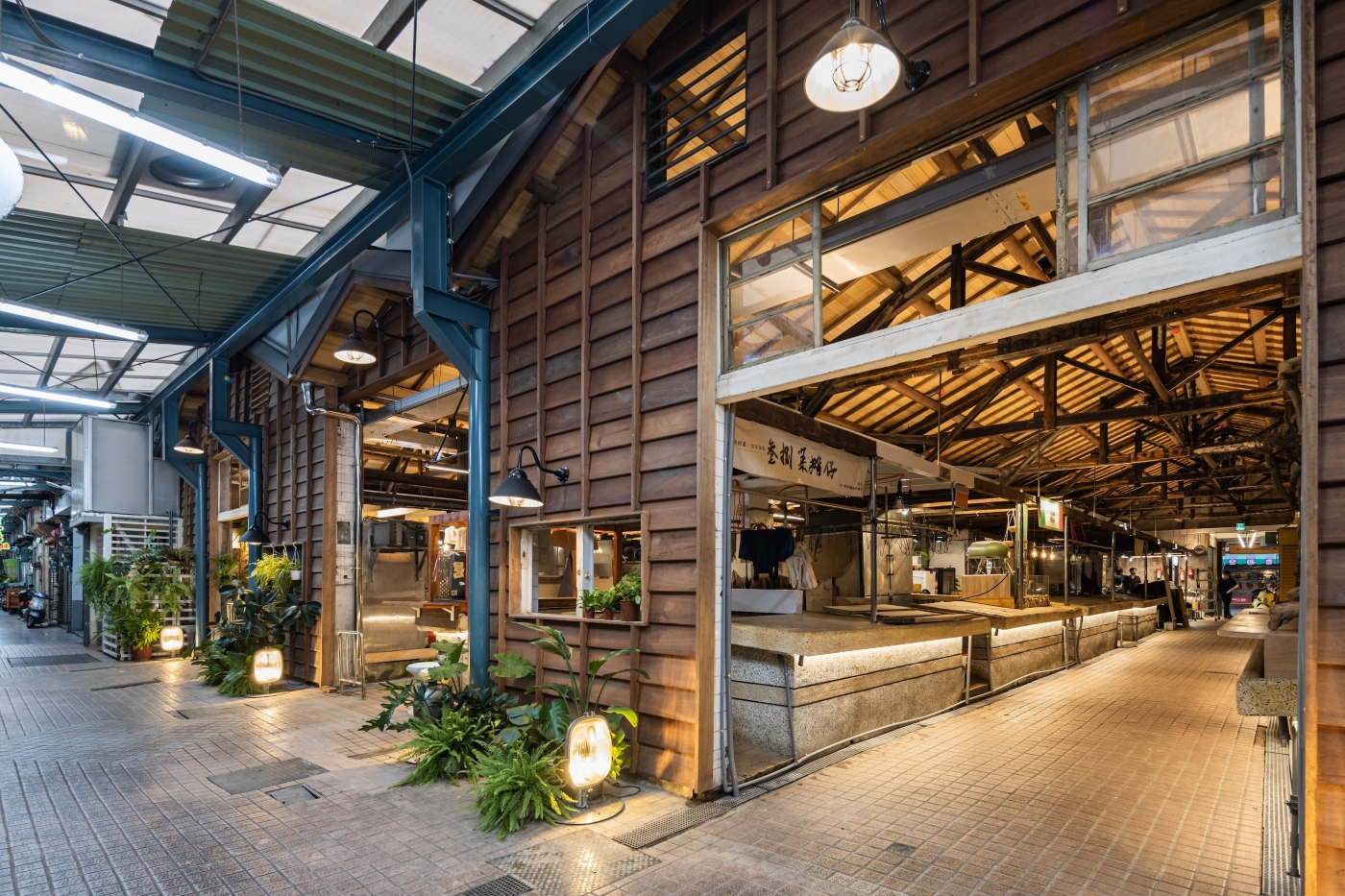Photo credit: Bahaa Ghoussainy
J. G. Jabbra Library has been completed as a new landmark for Jbeil (Byblos), a city believed to be one of the oldest continuously inhabited cities in the world. Jbeil is also a UNESCO World Heritage Site. This is the place where the first phonetic alphabet was codified by the Phoenicians and “bùblos” was the word used for papyrus by the Greeks.
Atelier Pagnamenta Torriani (APT) was commissioned by The Lebanese American University to design a new library and central administration building on its Byblos Campus. The library brings a unique blend of study areas and social spaces, all enclosed by an alphabet-wrapped façade.
The exposed sedimentary rock and the complex, stratified history of the region inspired the design of APT. The library and the administration buildings are adjacent to the excavation rock, thus forming an open amphitheatre with the rock as a background, contrasting nature with people.


The J. G. Jabbra Library in Jbeil takes shape with dynamic forms and layered facades. This layered system provides shade and optimizes diffused natural light penetration based on the building’s orientation. The library’s interior is built around a large atrium that acts as a hub. It brings light and allows for natural air circulation. Moreover, the interior spaces are fluid, open, and transparent.
Above the amphitheatre, a concrete wall displays the carvings of the four alphabets historically used throughout the region. The designers incorporated passive features that were inspired by the local typology. These include the double outer skin which allows for shading, ventilation, and light diffusion, and the main open atrium which serves as a chimney vent.

Rafik El-Khoury & Partners focused on creating ancillary spaces with a focus on synergy among scholarly activities and social life while at the same time providing common ground for various student activities and types of information.
The project has become part of different exhibitions and publications such as the 2023 Venice Architecture Biennale’s “Time Space Existence” International Exhibit and 2020 International Panorama, Vol 1, Art & Architecture Editions.










